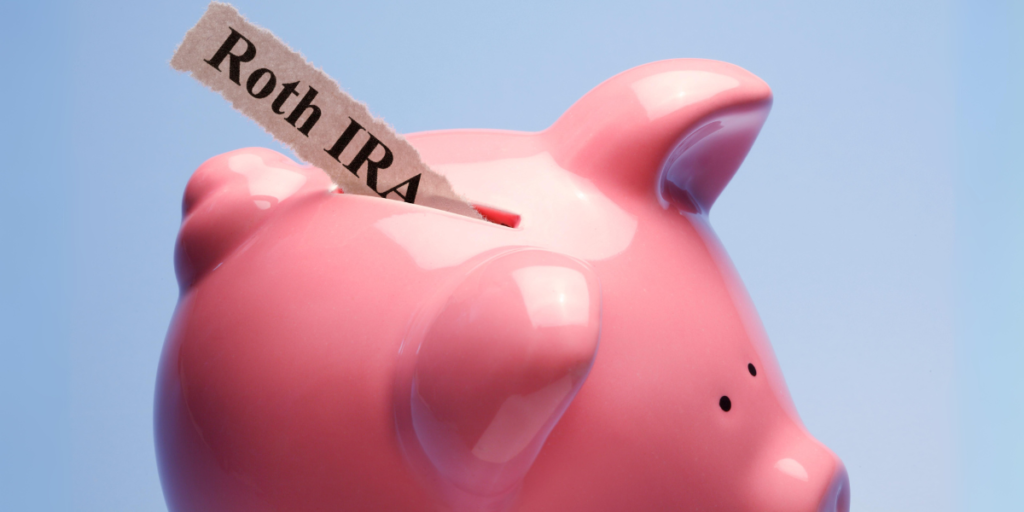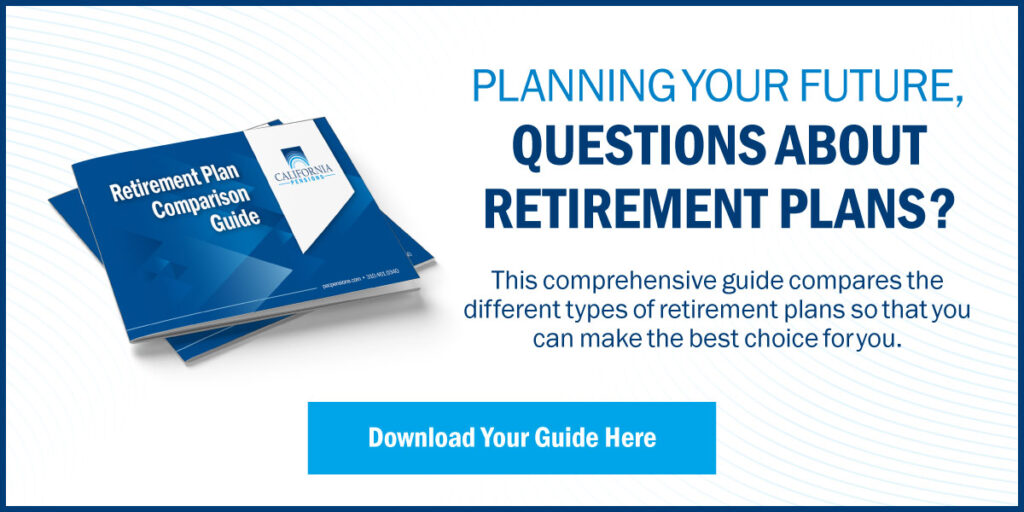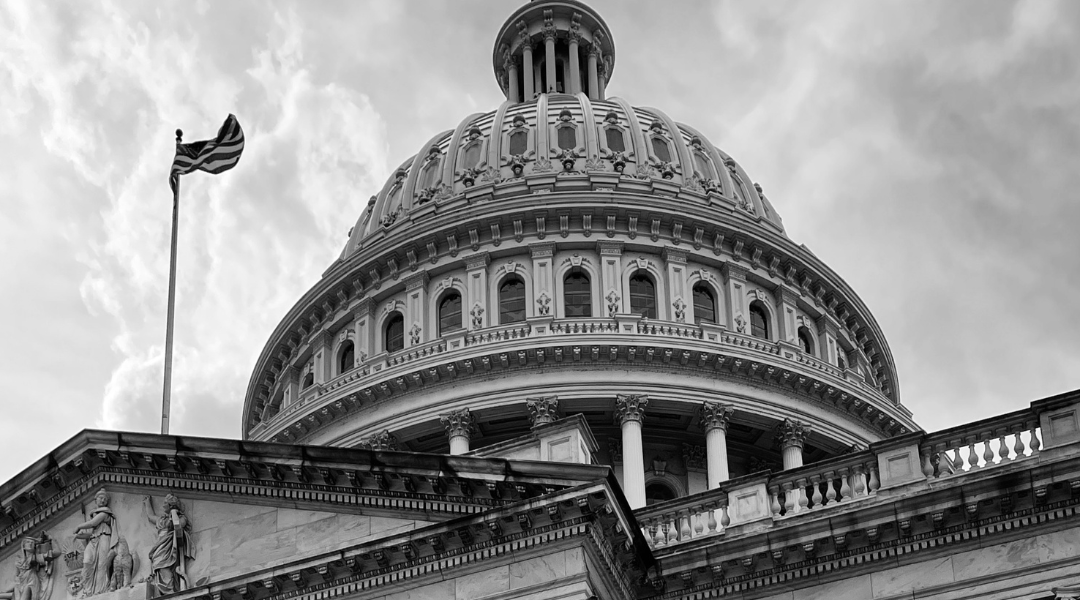Let’s face it, the world of retirement planning never stands still. As our financial landscape evolves, it becomes crucial for you to stay informed about the changes that can shape your future. Thus, with some of the biggest changes coming from the SECURE 2.0 Act, we thought it important to explain how it may affect your retirement plans in 2024. Join us as we discuss how SECURE 2.0 is impacting participants in 2024.
Supercharge Your Employer-Sponsored Plan – Download Our Helpful Infographic!
What is the SECURE 2.0 Act?
The SECURE 2.0 Act, also known as the Setting Every Community Up for Retirement Enhancement Act 2.0, is a piece of legislation designed to further improve retirement security for Americans. Building upon the original SECURE Act, this new act introduces several important changes that directly impact plan participants.
SECURE 2.0 Changes Impacting Employees in 2024
Changes to Required Minimum Distributions (RMDs)
Currently, Roth IRA owners are not required to take RMDs until after death. However, for individuals with Roth designated accounts in employer retirement plans such as 401(k) plans, pre-death RMDs are required at certain ages like 70 ½, 72, or 73. The new provision under the SECURE 2.0 will eliminate the pre-death distribution requirement for Roth accounts in employer plans, aligning them with Roth IRAs. As a result, participants with Roth accounts will see a decrease in the amount of RMDs starting in 2024.
Impact on Catch-Up Contributions
Starting in 2024, a new provision introduced in SECURE 2.0 will impact catch-up contributions to qualified retirement plans. Currently, catch-up contributions can be made on a pre-tax or Roth basis. However, under the new provision, all catch-up contributions to qualified retirement plans, including 401(k), 403(b), and governmental 457(b) plans, will be subject to Roth tax treatment. This means that catch-up contributions made by eligible participants must be on a Roth basis instead of pre-tax. It is important to note that employees with compensation of $145,000 or less are exempt from this requirement.

Depending on your eligibility, catch-up contributions must be made on a Roth basis.
Expansion of Student Loan Repayment and Retirement Contributions
The SECURE 2.0 Act provides opportunities for individuals with student loans to continue saving for retirement. Under this provision, employers can make matching contributions to an employee’s retirement account based on the employee’s contributions towards student loan repayments. Encouraging individuals to save for retirement while also managing their student loan debt, this matching is applicable to 401(k), 403 (b), SIMPLE IRA, and 457(b) plans.
Emergency 401(k) Withdrawals
Plan participants can now make penalty-free emergency withdrawals from their retirement account for qualified emergencies like natural disasters or medical emergencies. Participants of a 401(k), 403(b), 457 (b), or SIMPLE IRA plan can withdraw up to $1,000 a year and must repay the distribution within 3 years.
Steps Participants Should Take
To make the most of the changes brought by the SECURE 2.0 Act, consider taking the following steps:
- Educate yourself: Familiarize yourself with the key provisions of the SECURE 2.0 Act and understand how they affect you personally.
- Review your retirement goals: Take the time to reassess your retirement goals and make any necessary adjustments based on the new options available to you.
- Seek professional guidance: Consult with retirement planning professionals who can provide personalized advice and help you navigate the complexities of the new legislation.
Stay Informed When It Comes to SECURE 2.0
The SECURE 2.0 Act brings various changes that will impact your retirement plans in 2024. Thus, it is crucial to stay informed and understand how these provisions affect your financial future. California Pensions is here to provide the knowledgeable guidance you need to make the most of the opportunities presented by the SECURE 2.0 Act. By taking proactive steps, you can better position yourself for a secure and fulfilling retirement. Want more information on SECURE 2.0? Check out our previous blog!





